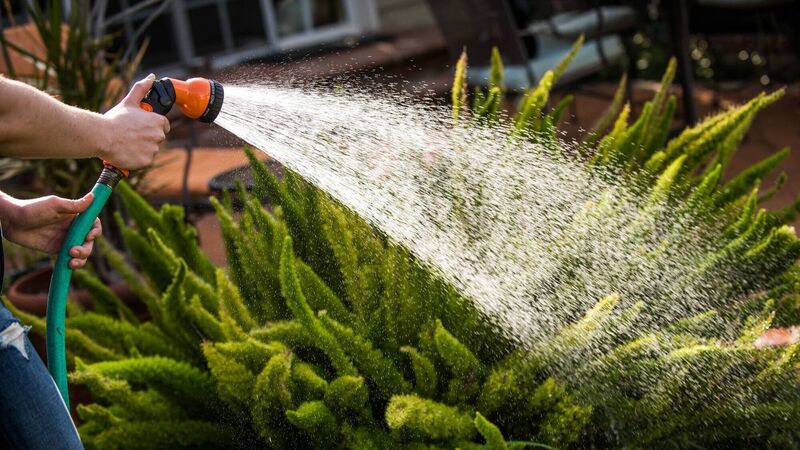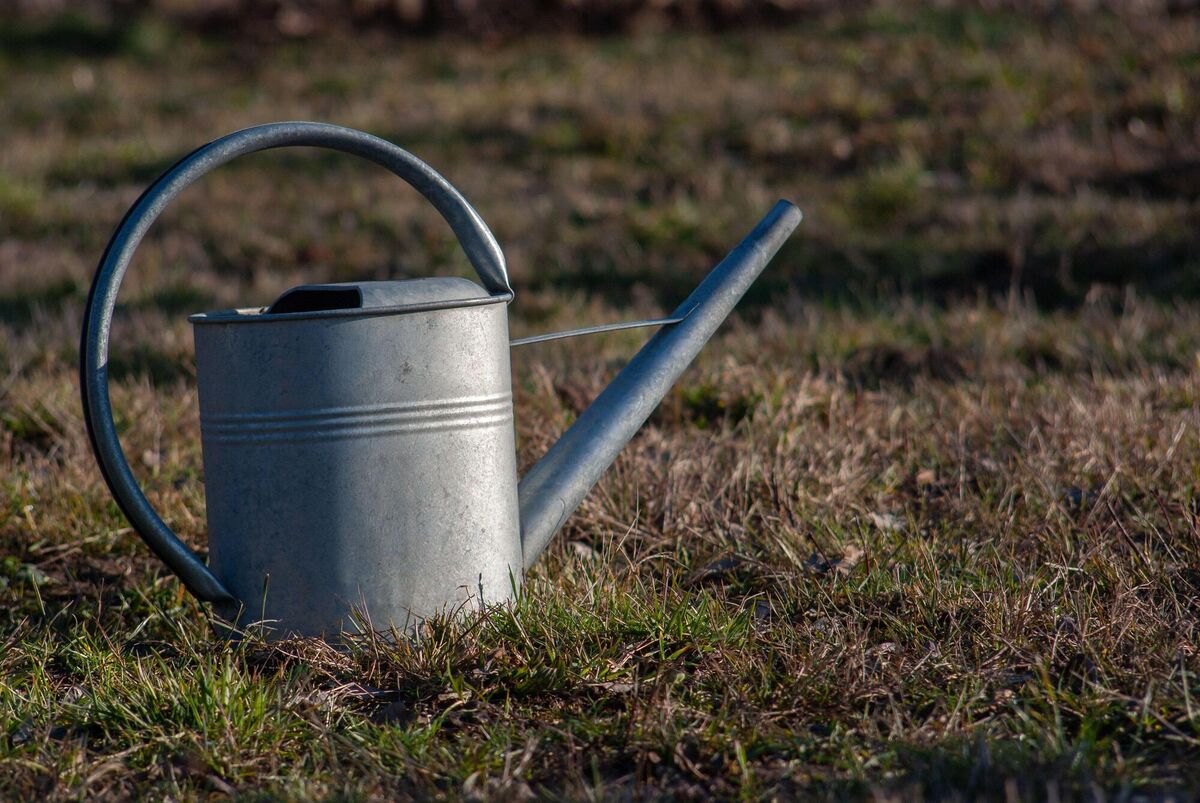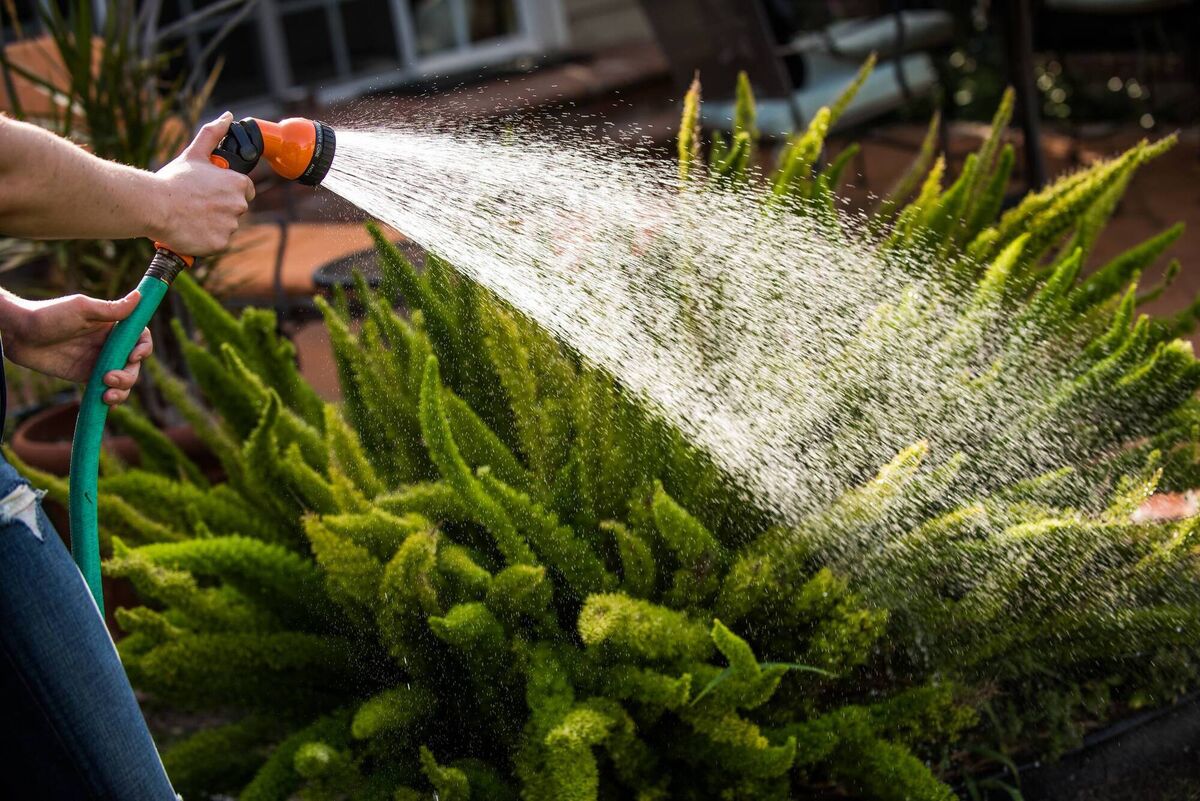How to prepare your garden for a potential drought

As a hosepipe ban is being put in place for much of West Cork for the next four weeks, gardeners will be looking for ways to protect their patches.
Water levels are at "historic lows" — and after the blistering heatwave of this summer, many will also be keen to to safeguard their plants and shrubs as we enter the autumn months.

Here are ways to look after your garden in the midst of water restrictions and prepare gardens for a potential drought…
“Do this by cultivating the soil deeply and digging in large quantities of organic matter, compost, manure, garden waste and organic fertiliser,” advises Martine Le Gassick, creative director at garden design company Stark & Greensmith (starkandgreensmith.com).
“This helps to improve soil structure and water retention, in preparation for a drought.”
“This will help keep your soil porous and better suited to retaining moisture — overall improving its drought tolerance,” she explains.
Elsewhere, Le Gassick recommends adding gravel, as “this helps to retain moisture. Also, when dug through the soil, it helps to avoid drainage issues.”

Now is the time to invest in alternative ways to collect and store water, says Matt Jordan, gardening expert for The Greenhouse People (greenhousepeople.co.uk).
“Water butts [which catch rainwater from your drains] are great for saving water for when your garden needs hydrating later. And with this month set for some rainy storms, it’s the perfect time to get some water stored in preparation for drier months.”
He says water butts can range in cost — from €35 to a few thousand euro. But if you really want to save some cash, Jordan notes: “Any plastic bin can be transformed into a DIY water butt with a little creative ingenuity.”
It might be tempting to give your garden all the love you can before the drought hits, but Le Gassick warns against over-fertilising.
“Doing so encourages your garden to grow before a drought, which will result in your garden requiring water, which will be difficult during a drought,” she says.
“Protect your soil and your plant’s health by laying your mulch now,” says Jordan. “Mulching can help trap moisture in the soil, keeping it hydrated during dry weather, as well as supplying more nutrients where needed. It’s a particularly useful trick to use for keeping bedded and potted plants healthy during harsh weather, and can even be used on lawns.”

Jordan’s top tip? “Be sure to give your soil a good soaking before you lay your mulch, and take care to avoid your mulch touching any woody-stemmed plants or risk rotting.”
“Weeds in your garden soak up the water in your soil, leaving less moisture for your plants to keep them hydrated. Before a drought, make sure to weed your garden to avoid this,” advises Le Gassick.
Jordan agrees, adding: “It’s best to avoid applying herbicides to kill off weeds, since the hot weather will likely evaporate the product and can even scorch your lawn due to the chemicals they contain.
"Instead, try regularly hand weeding, pulling them out as soon as you see any begin to crop up.”
Le Gassick says: “For lawn care, try to not to cut your grass too short before a drought. Leaving the grass taller also helps to retain more moisture in the soil.”
The optimal length for your lawn? Six inches, according to Le Gassick.












